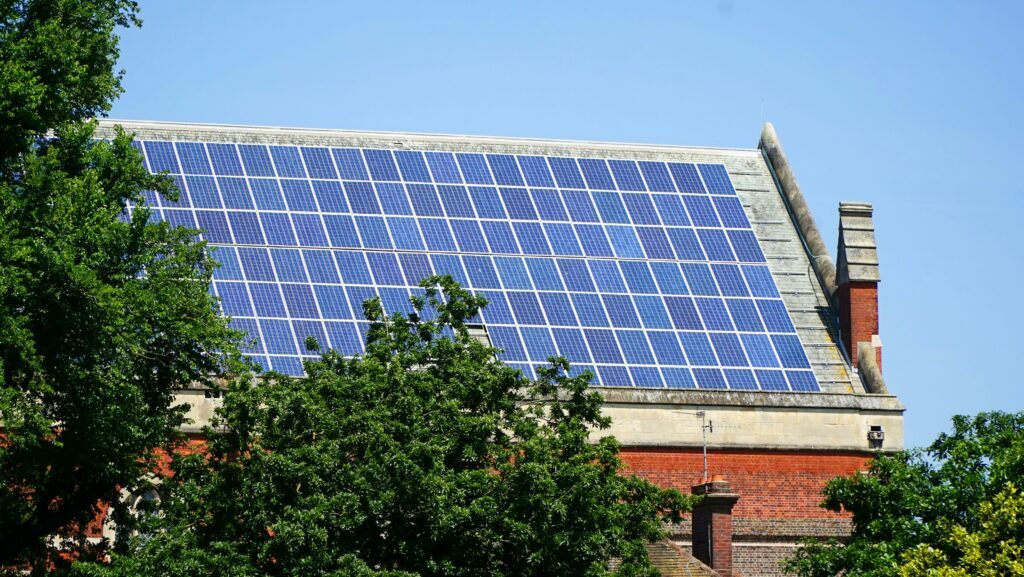Solar Panels for Your UK Home: Step-by-Step Calculation Guide

Introduction
Thinking of switching to solar power but unsure how many panels you’ll need? You're not alone. For UK homeowners, understanding the right solar setup can seem confusing, but it doesn’t have to be. This easy-to-follow guide breaks it all down—helping you estimate how many solar panels your home needs, based on your energy usage, roof space, and typical UK weather.
Why Solar Panels?
- Lower energy bills
- Reduced carbon footprint
- Protection against rising energy prices
- Government incentives (like the Smart Export Guarantee)
But to truly benefit, you’ll need a solar system that matches your household’s energy demands.
1. Understand Your Electricity Usage
Before working out how many panels you need, start with your annual electricity consumption.
| Home Size | Estimated Annual Usage |
|---|---|
| 1–2 bedroom flat | 2,000–2,500 kWh |
| 2–3 bedroom house | 3,000–4,000 kWh |
| 4+ bedroom house | 4,000–6,000+ kWh |
2. How Much Energy Does a Solar Panel Produce in the UK?
A standard solar panel (typically around 400 watts) in the UK produces about:
- 300–400 kWh per year, depending on location and sunlight exposure.
So, for example:
- 1 panel = ~350 kWh/year
- 10 panels = ~3,500 kWh/year
3. Quick Calculation: How Many Panels Do You Need?
To estimate the number of panels:
Your annual usage (kWh) ÷ Output per panel (kWh/year) = Number of panels
Example:
You use 4,000 kWh per year
Each panel produces 350 kWh per year
4,000 ÷ 350 = ~11.4 panels
So, you’d need 11–12 panels to cover your electricity needs.
4. Don’t Forget These Important Factors
Roof Size & Orientation
- Each panel needs about 1.6–2 m² of space
- South-facing roofs are ideal, but east/west can also work
- A standard UK roof can usually fit 10–14 panels
Shading
Nearby trees or buildings can reduce efficiency, especially during winter months.
Efficiency & Panel Type
Higher-efficiency panels cost more but may reduce the total number needed.
Battery Storage (Optional)
Batteries let you store excess energy for evening use, reducing reliance on the grid.
5. Costs and Savings
- System size: 3–4 kW (about 8–12 panels)
- Installation cost: £5,000–£7,000 (before battery)
- Annual savings: £400–£600 (or more with SEG payments)
- Payback time: 8–12 years
6. Government Incentives
Under the Smart Export Guarantee (SEG), you get paid for surplus energy sent back to the grid. This can boost your savings and shorten your payback time.
Final Thoughts
Most UK homes will need 8 to 14 solar panels to meet their electricity needs, depending on usage and panel efficiency. A professional installer can assess your property and tailor a system to match your exact requirements.
